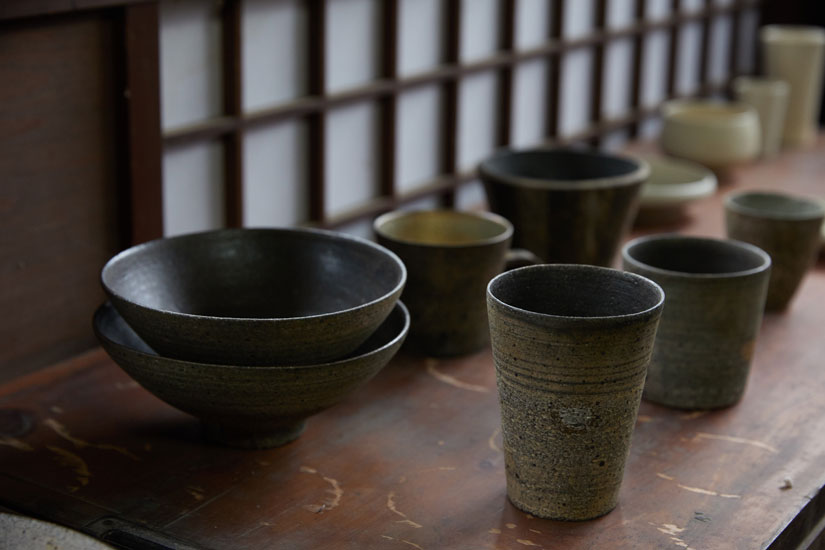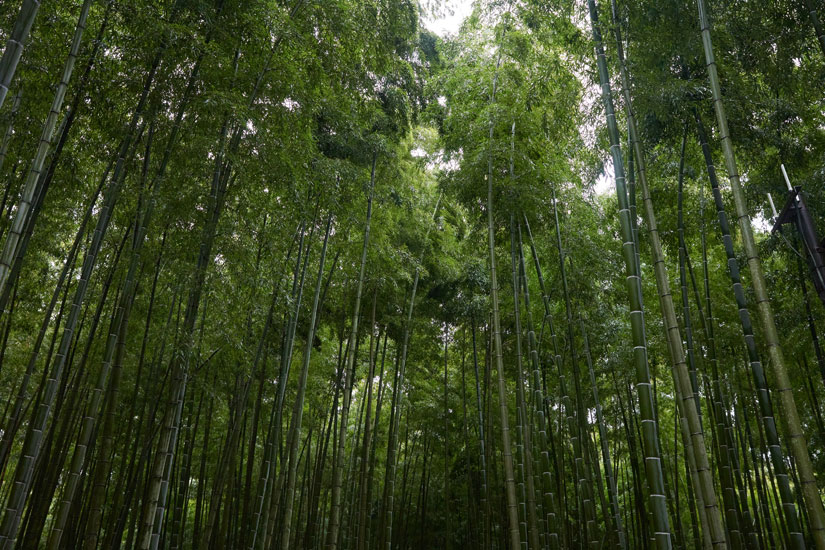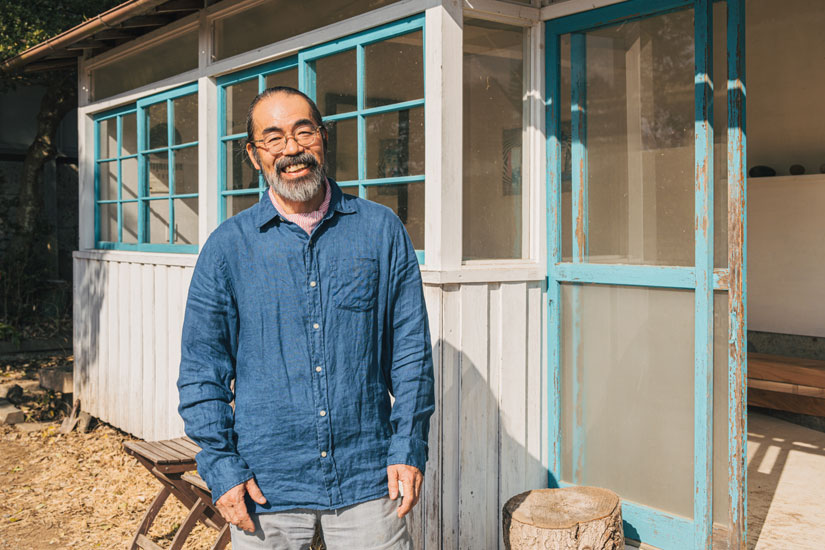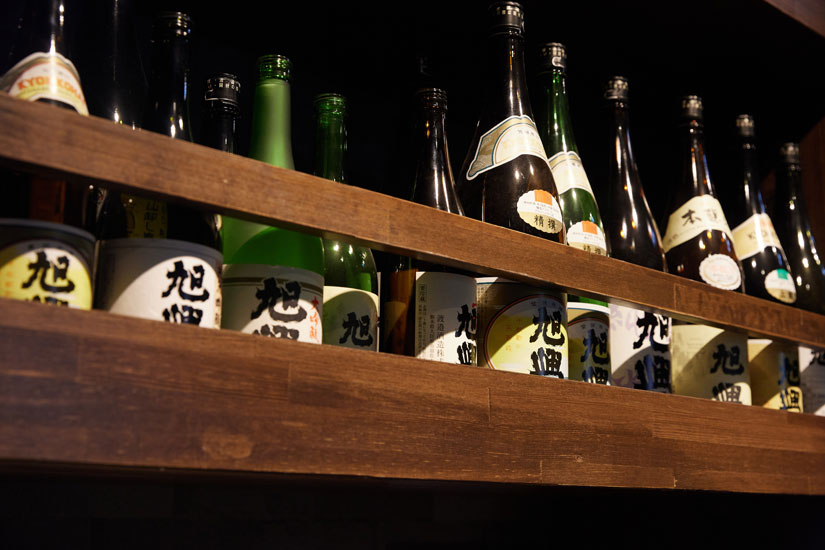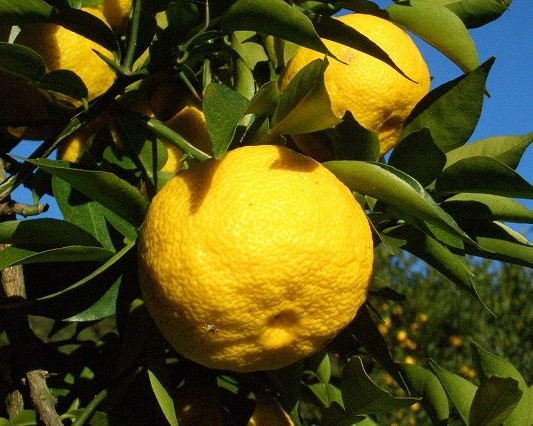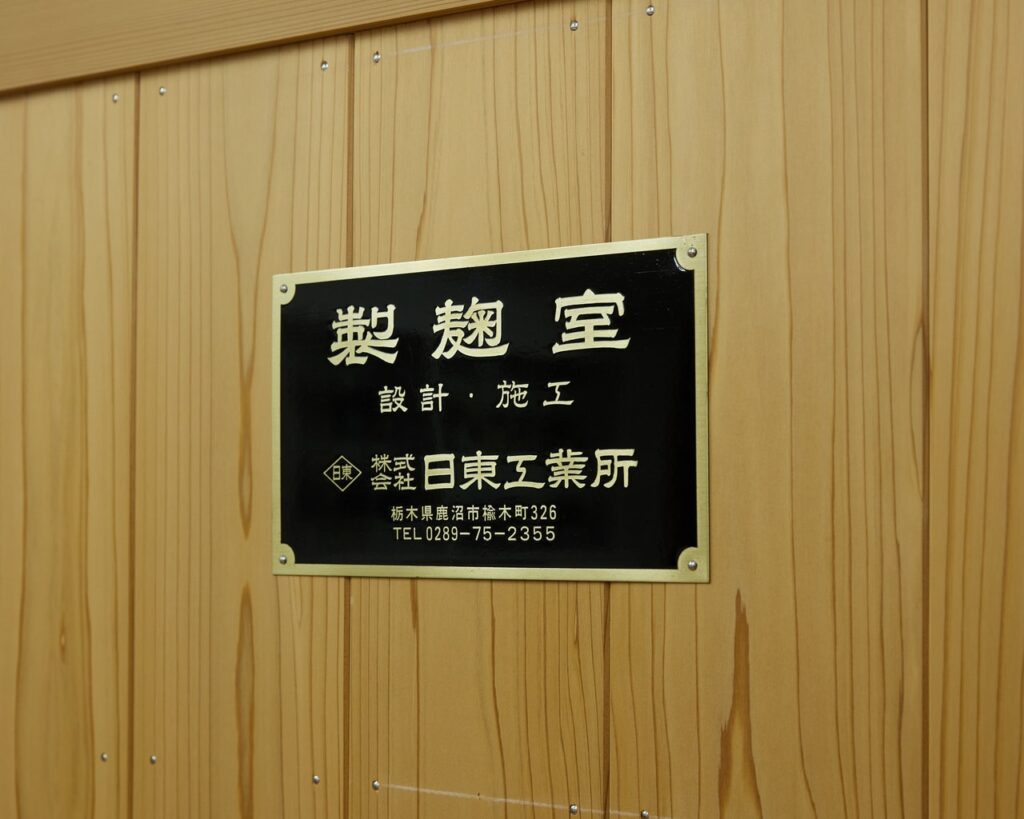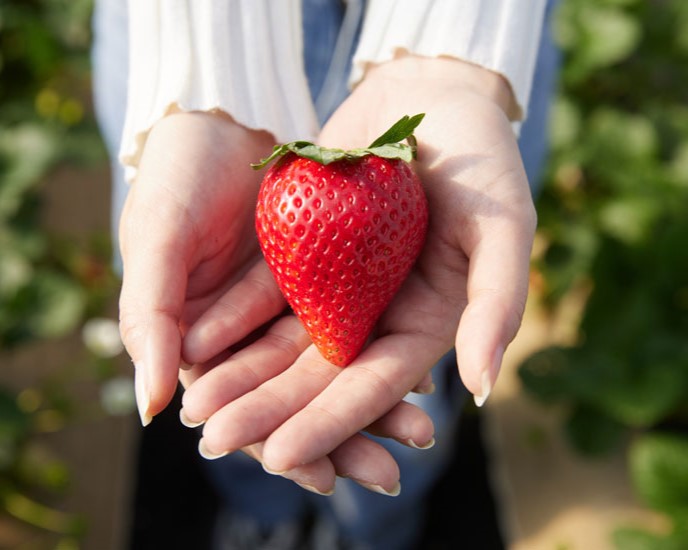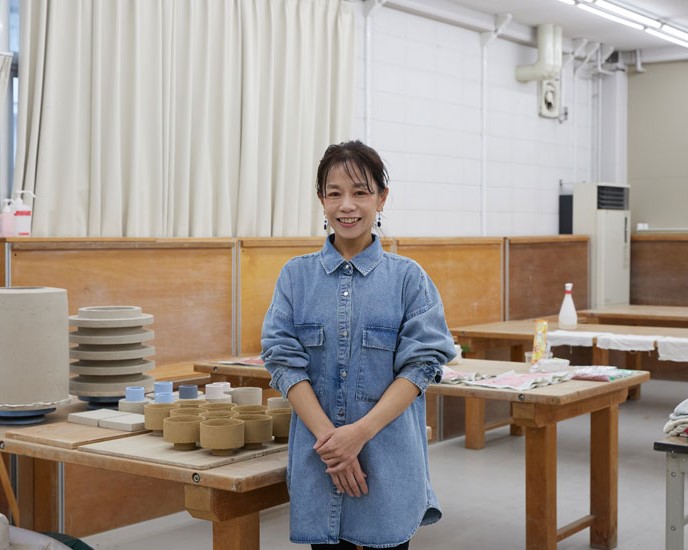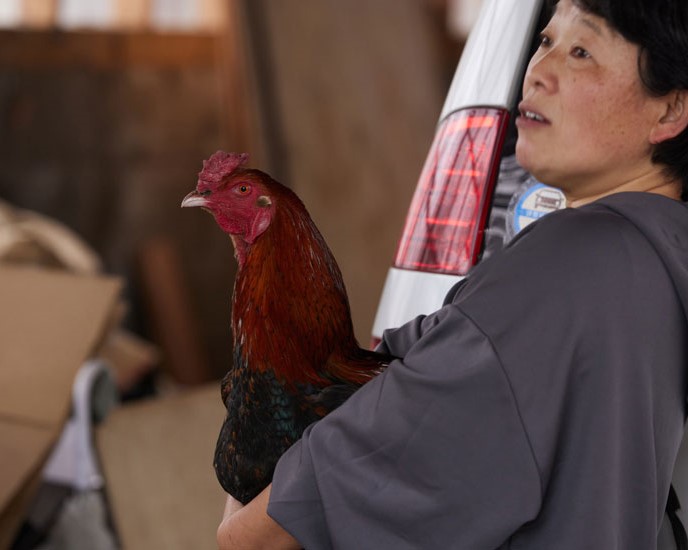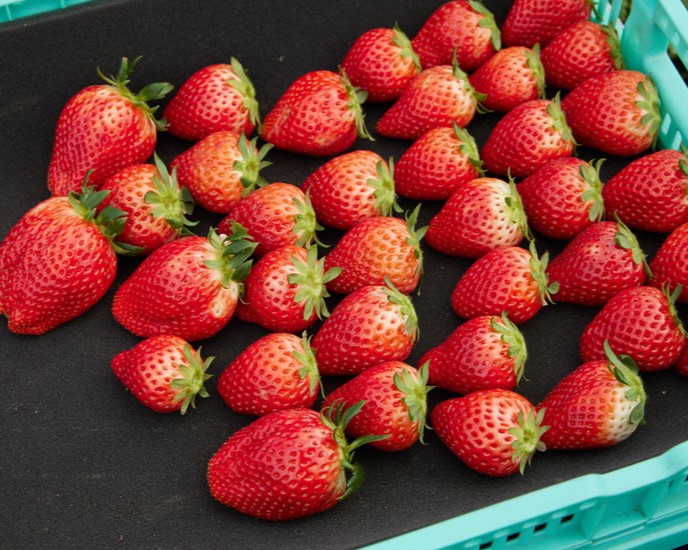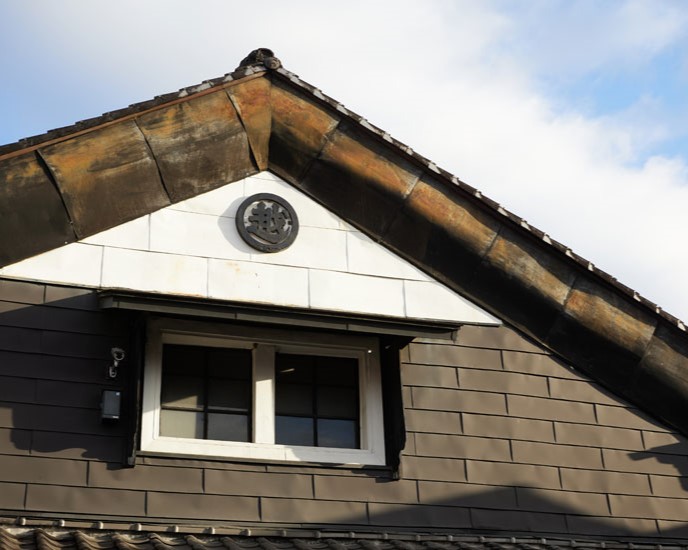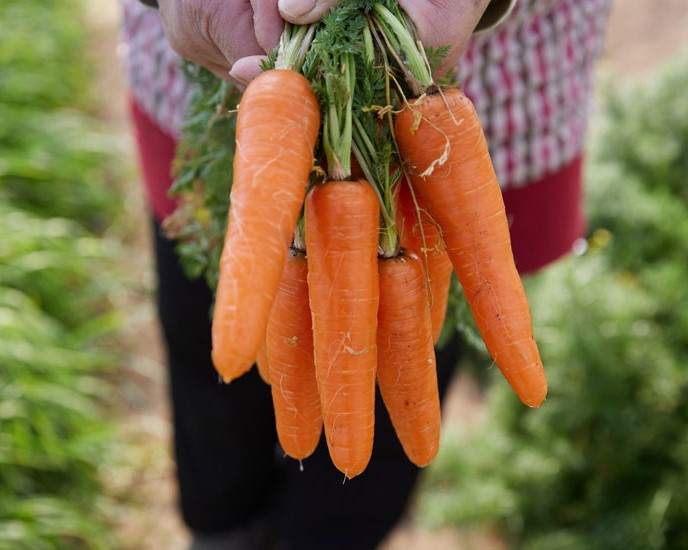Tochigi– tax –
-
 NEWCRAFT Tochigi
NEWCRAFT TochigiYuto Miyazawa, a potter who loves ambiguity and projects his changing life onto his works / Mashiko Town, Haga District, Tochigi Prefecture
-
 CRAFT Tochigi
CRAFT TochigiReviving Japan’s bamboo. Bamboo farmers at Wakatsuki no Mori Wakayama Farm, a popular filming location and tourist attraction in Utsunomiya City, Tochigi Prefecture.
-
 CRAFT Tochigi
CRAFT TochigiHideki Takayama, a woodworker who combines old and scrap wood to create warm furniture / Mashiko Town, Tochigi Prefecture
-
 SAKE & Tochigi
SAKE & TochigiWatanabe Sake Brewery continues to pursue new flavors through relentless effort and research / Otawara City, Tochigi Prefecture
-
 FOOD Tochigi
FOOD TochigiDemonstrating the Potential of Yuzu and Bringing “Miya Yuzu” to the World at 36 Degrees North Latitude. Tokoi Yuzu Orchard / Utsunomiya City, Tochigi Prefecture
-
 FOOD Tochigi
FOOD TochigiNitto Kogyosho, a koji chamber manufacturer that supports “delicious sake” throughout Japan / Kanuma City, Tochigi Prefecture
-
 FOOD Tochigi
FOOD TochigiMr. Koichi Arai, “Belize Baton” to connect delicious “strawberries” to the next generation
-
 CRAFT Tochigi
CRAFT TochigiFacing the clay, she sublimates human emotions and weathering into her works of art. Ceramic artist Shuri Usami
-
 FOOD Tochigi
FOOD TochigiTochigi Shamo Processing Plant, the only one in Tochigi Prefecture that raises and protects jidori chicken.
-
 FOOD Tochigi
FOOD TochigiMr. Yoshito Hayase of “Merry Berry Farm” wants to deliver “perfectly ripe strawberries” full of sweetness to as many people as possible.
-
 SAKE & Tochigi
SAKE & TochigiBeyond the “Hououbiden” style, “Kobayashi Shuzo” protects the future of rice farmers
-
 FOOD Tochigi
FOOD TochigiAromatic and flavorful “selected” vegetables “Ebi Vege/Ebihara Farm



